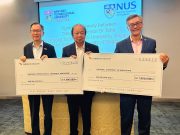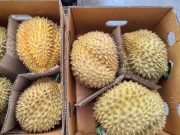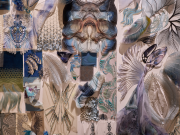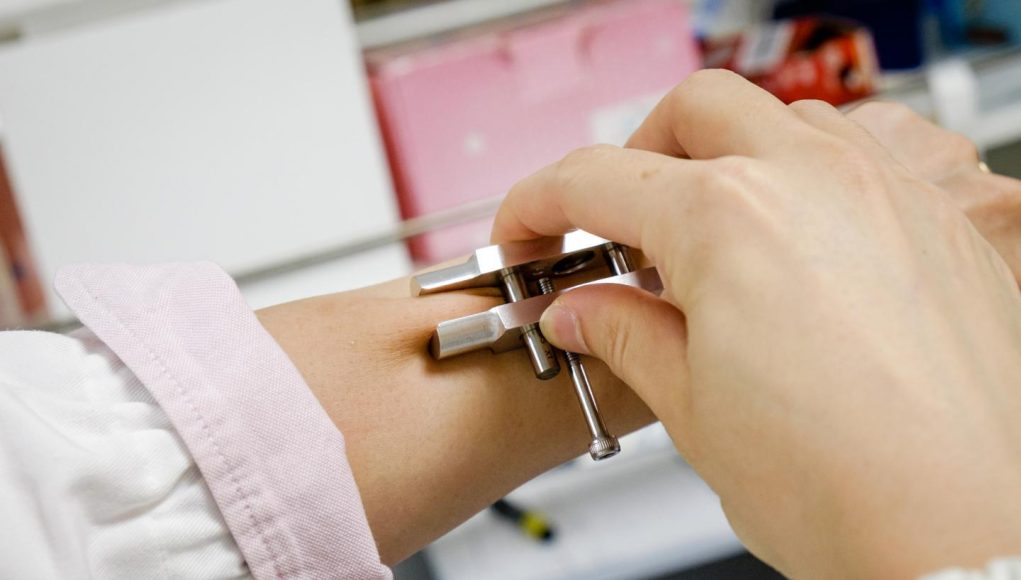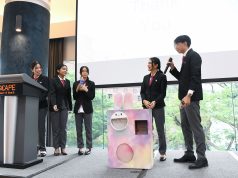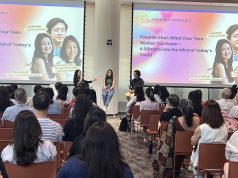(Singapore, 5 Aug 2020) Owing to a group of diligent Singaporean scientists, those who fear needle injections may calm their nerves soon.
Scientists from Nanyang Technological University, Singapore (NTU Singapore), and the Agency for Science, Technology, and Research (A*STAR) have shown that applying “temporal pressure” to the skin of mice can create a new way to deliver drugs.
“Our research project was first inspired by the traditional Chinese medicine ‘tuina’ therapy where physicians rub and apply pressure on skin and muscle tissue and apply a topical ointment,” said lead author of the paper, Dr. Daniel Lio, who did this research as part of his doctoral thesis at NTU’s School of Chemical and Biomedical Engineering, Interdisciplinary Graduate Programme. He is now working at A*STAR’s Enterprise Group.
In a paper published in Science Advances, the researchers showed that bringing together two magnets so that they pinch and apply pressure to a fold of skin, led to short term changes in the skin barrier and specifically the formation of “micropores” underneath its surface.
In tests, they showed that these micropores, of about 3 micrometers in area, allowed drugs applied on the surface of the skin to diffuse through it more easily. Six times greater quantity of drug diffused through the skin of mice with the micropores compared to the skin of mice which did not receive the temporal pressure treatment, the NTU says.
While needles and microneedle injections damage the skin, micropores could pave the way towards painless transdermal delivery of drugs such as insulin.
Going a step further, the joint team which included Prof David Laurence Becker from NTU Lee Kong Chian School of Medicine and Skin Research Institute of Singapore; Assoc Prof Wang Xiaomeng from the NTU Lee Kong Chian School of Medicine, and Assistant Prof Xu Chenjie from the School of Chemical and Biomedical Engineering, tested the delivery of insulin through the skin of mice using the new method.
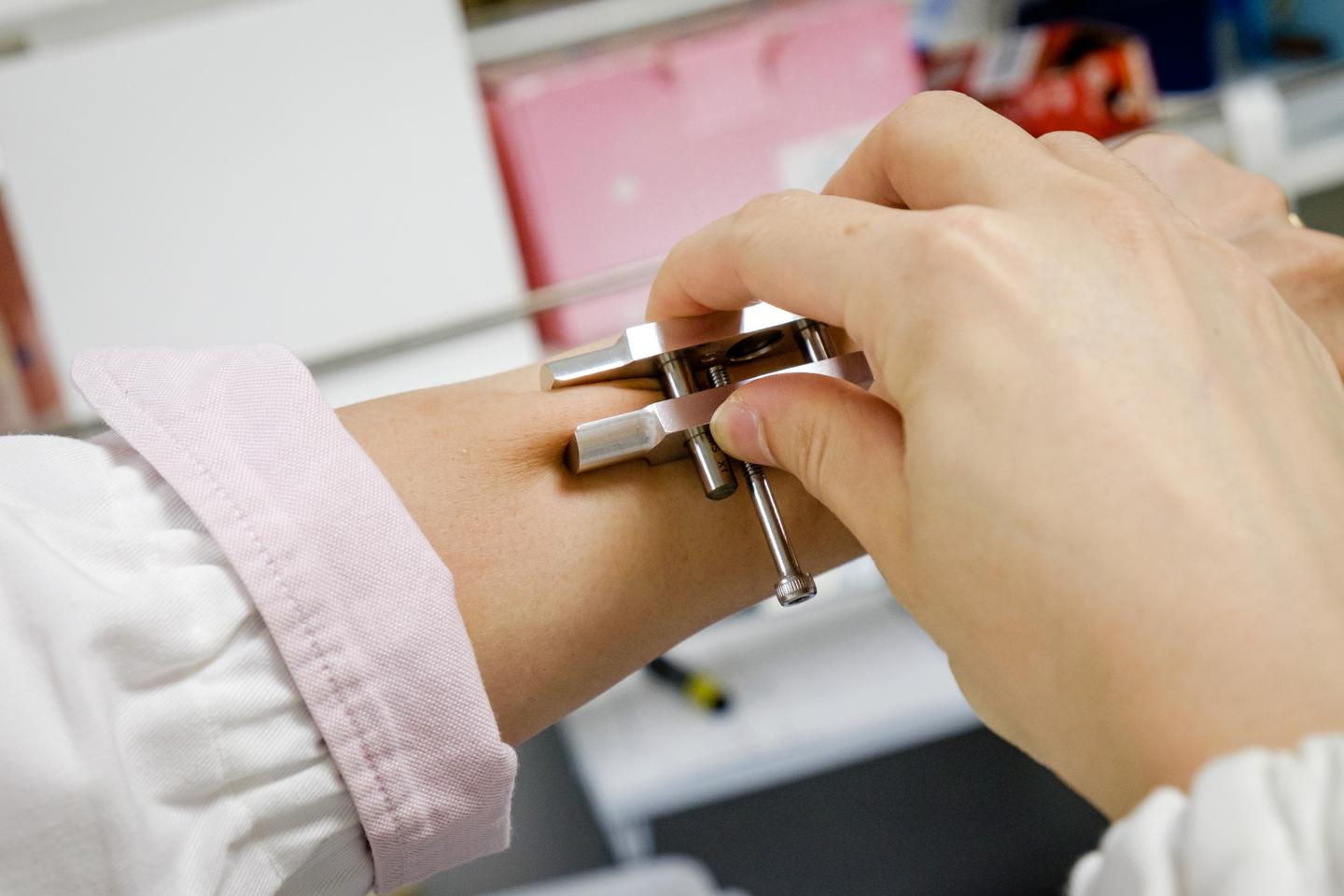
Their experimental results showed that nanoparticles and insulin were effectively delivered through the skin of mice, at molecular masses up to 20,000 daltons.
This mass is 40 times the largest currently reported in the scientific literature for transdermal drug delivery (i.e. via patches), which is 500 daltons.
The amount of drug delivered via the temporal pressure method was also comparable to the amount delivered by a microneedle patch – dozens of needles smaller than the width of a human hair made from biocompatible compounds, commonly used to deliver small amounts of drugs through the skin over time.
Compared to conventional injection where the skin has to be penetrated and there is a risk of a hypoglycaemia effect – when the injected insulin acts too fast and the patient gets dizzy – the new method is able to slowly deliver drugs over time without breaking the skin, thus causing less pain.
Micropores were also observed to disappear a day after they were formed, which suggests that the skin cells have filled up the gaps.
This multidisciplinary project, supported by the Skin Research Institute of Singapore (SRIS) – a collaboration between A*STAR, National Skin Center (NSC) and NTU, took two years and is continuing.
It is also supported by multiple grants from various agencies, which include A*STAR, SRIS, and the National Medical Research Council.



